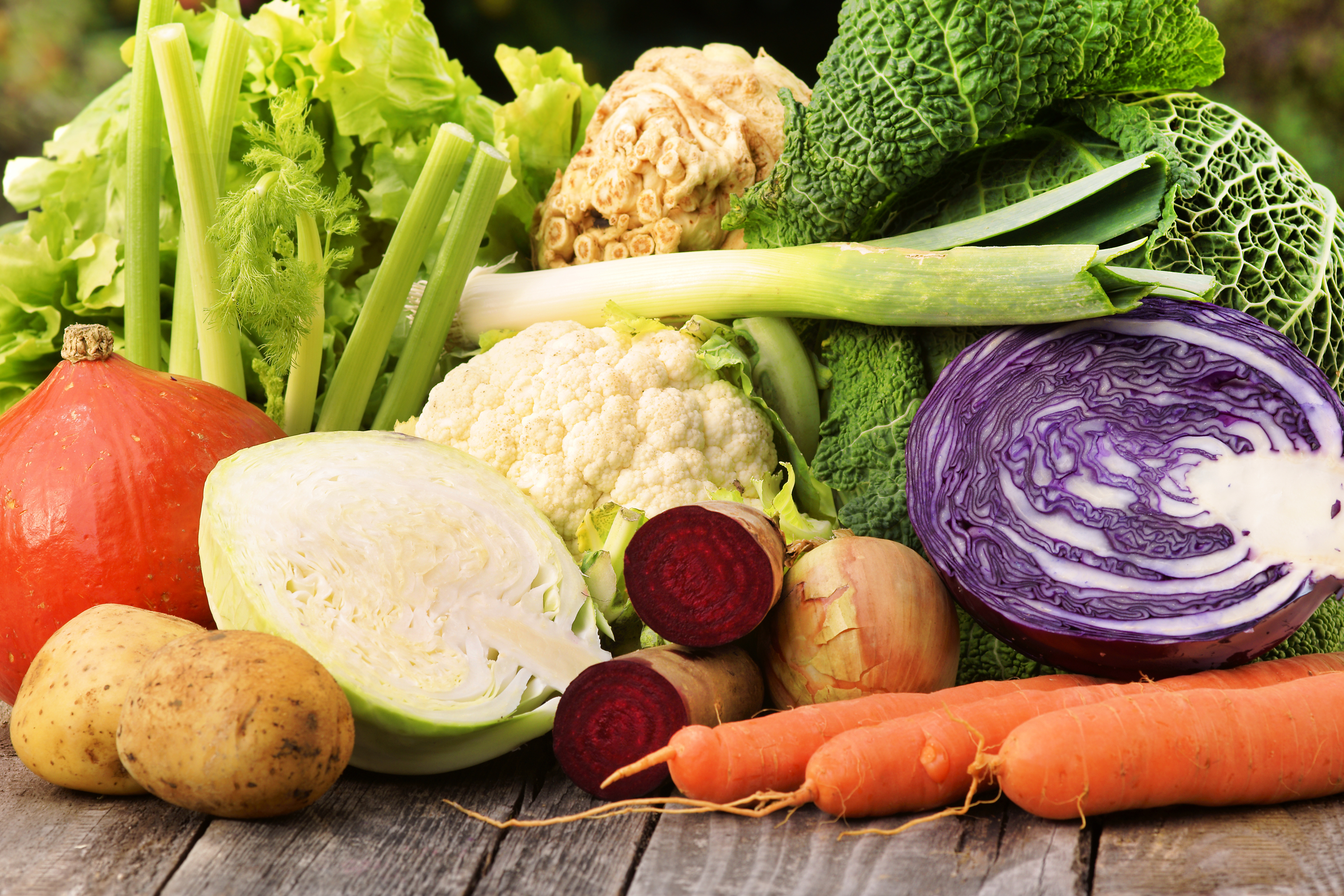When you’re a dietitian, the assumption is that eating healthy comes effortlessly to you. Believe me, that is not necessarily the case. As a kid (and like many adults to this day), I turned up my nose at vegetables, preferred pizza to a healthy, home-cooked dinner and ate sugar like it was nobody’s business. However, as a teenage girl, I became concerned with my weight. Unfortunately, like a lot of girls do, I experimented with all sorts of diets (None of which stuck, of course.). By the time I got to college, I was frustrated when failing at yet another fad diet quick fix for weight loss. I decided I wanted to know the healthy way to treat my body, which is how I found my calling as a Registered Dietitian.
That was just the beginning though. My diet has evolved over years from learning to actually like vegetables, teaching myself to cook, and my biggest challenge – taking control of my love of sweets. I’ve come to the realization that I am never going be able to cut all sugar from my diet; it just wouldn’t be sustainable. So I had to use a little ingenuity to develop strategies that would work for me. Ultimately, I learned how to control my sweet tooth by coming up with strategies that would allow me to indulge it in moderation. Here are some other things I learned:
I make sure good food comes first.
The purpose of eating is to provide your body the nutrients it needs to function. So I make it my priority to eat the healthy food I need before I dive into the treats. Long story short – I have to eat my broccoli first if I am going to eat a cookie!
I learned to cook.
You do not have to be the next Top Chef, but learning to cook and bake opens so many doors when it comes to creating a menu that is both healthy and tasty. You have total control over what goes into your meal, and that can be very empowering. One tip I give my clients is that if you are really craving something you feel is unhealthy, find a healthy version recipe. Every time you eat is an opportunity for good nutrition.
I use stevia.
We do only need so many calories for the day so you do have to choose wisely on how you spend them. Stevia is a great low-calorie sugar alternative. I add it to my tea so my small cup of tea it does not become a calorie bomb. I use it in baking to make my recipes more waistline friendly. Stevia is my go-to for anytime I want some sweetness, but need to keep the calories and excess sugar in check. Check out steviabenefits.org recipes for ideas on how you can use stevia in your diet.
I prioritize sleep.
Fatigue is the arch nemesis of a healthy and balanced diet. Not getting enough sleep wreaks havoc on the hormones that regulate your hunger. You may find yourself snacking all day to try to boost your energy, and unfortunately, it tends to be the sweet stuff we go after. While it’s tempting to stay up and watch the end of that movie or do one last load of laundry….just GO TO BED!
I manage my stress.
Stress is a common reason for indulging a sweet tooth. For many of us, our first inclination is to run to the kitchen when we feel those stress levels building. To take control of your stress is to take control of your sweet tooth. Try replacing stress eating with a healthier coping technique, like reading, mediation, yoga, exercise, crafting, or any activity you find relaxing.
I am open minded when it comes to food.
I don’t discriminate when it comes to food. I love it all, the good, bad, and the ugly. This wasn’t always the case, but I found as I became more willing to try new foods, healthy eating started to feel less restrictive. The more healthy foods I discovered, the less I relied on sweets and junk food to get enjoyment from my meals. You don’t have to like everything, but you should be willing to try anything!
 Carolyn Reynaud, MS, RD, LD is a licensed registered dietitian and a paid contributor to SteviaBenefits.org. She received her BS in nutrition from Michigan State University and her Masters and Certificate in Public Health from Georgia State University. She has experience working in several avenues of health care including corporate wellness, clinical disease management, research, and health promotion. She has been working as a health coach specialist for close to 6 years, where she counsels patients on preventative healthcare and helps them meet their health goals. Follow her on Twitter @ReynaudCari.
Carolyn Reynaud, MS, RD, LD is a licensed registered dietitian and a paid contributor to SteviaBenefits.org. She received her BS in nutrition from Michigan State University and her Masters and Certificate in Public Health from Georgia State University. She has experience working in several avenues of health care including corporate wellness, clinical disease management, research, and health promotion. She has been working as a health coach specialist for close to 6 years, where she counsels patients on preventative healthcare and helps them meet their health goals. Follow her on Twitter @ReynaudCari.
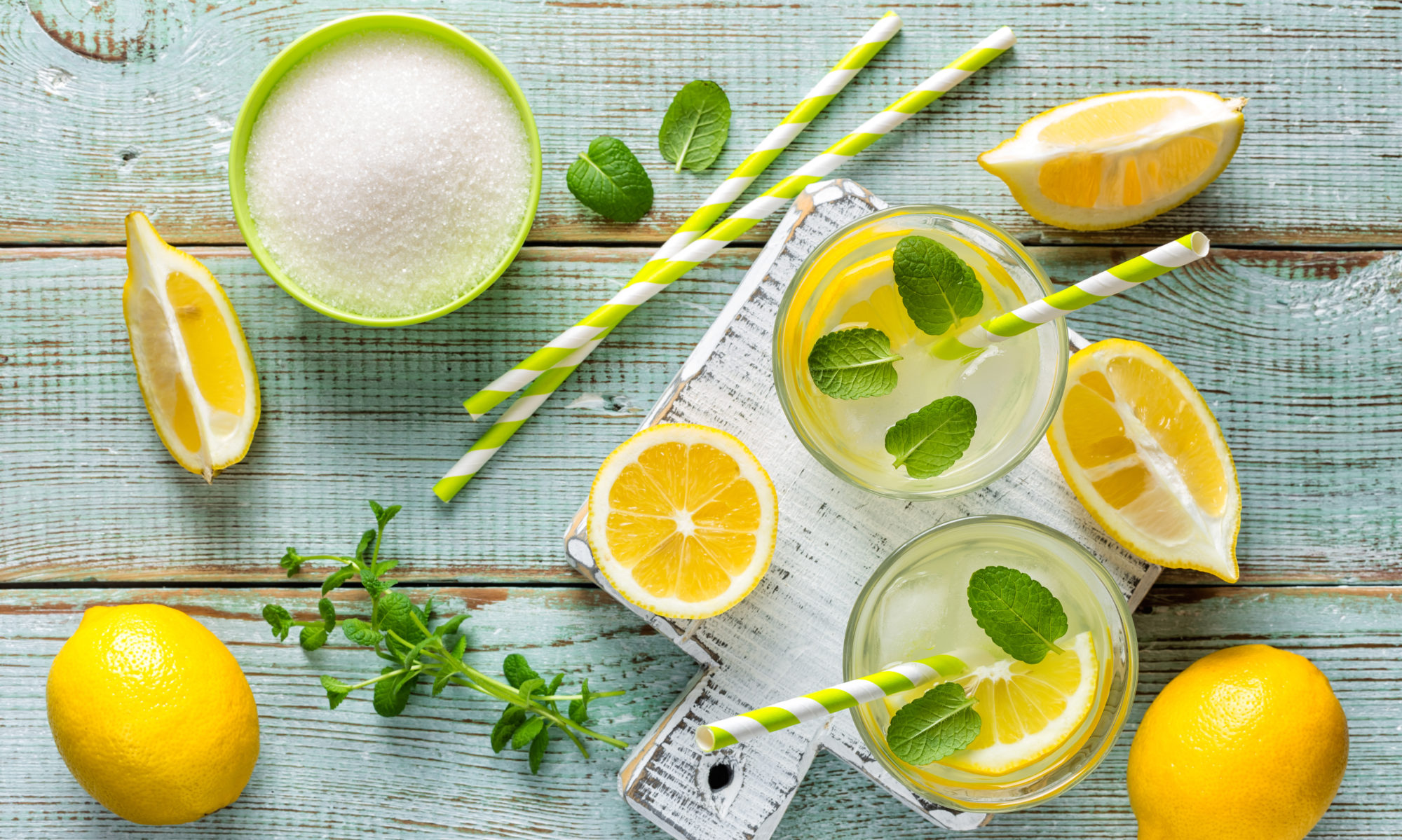



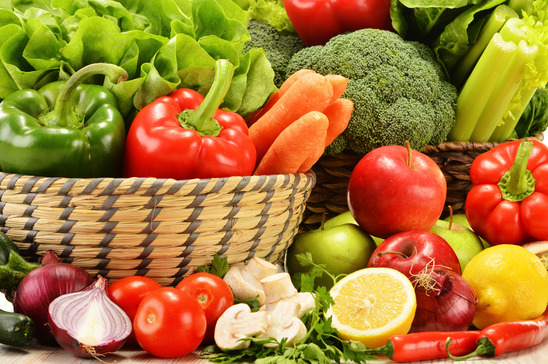
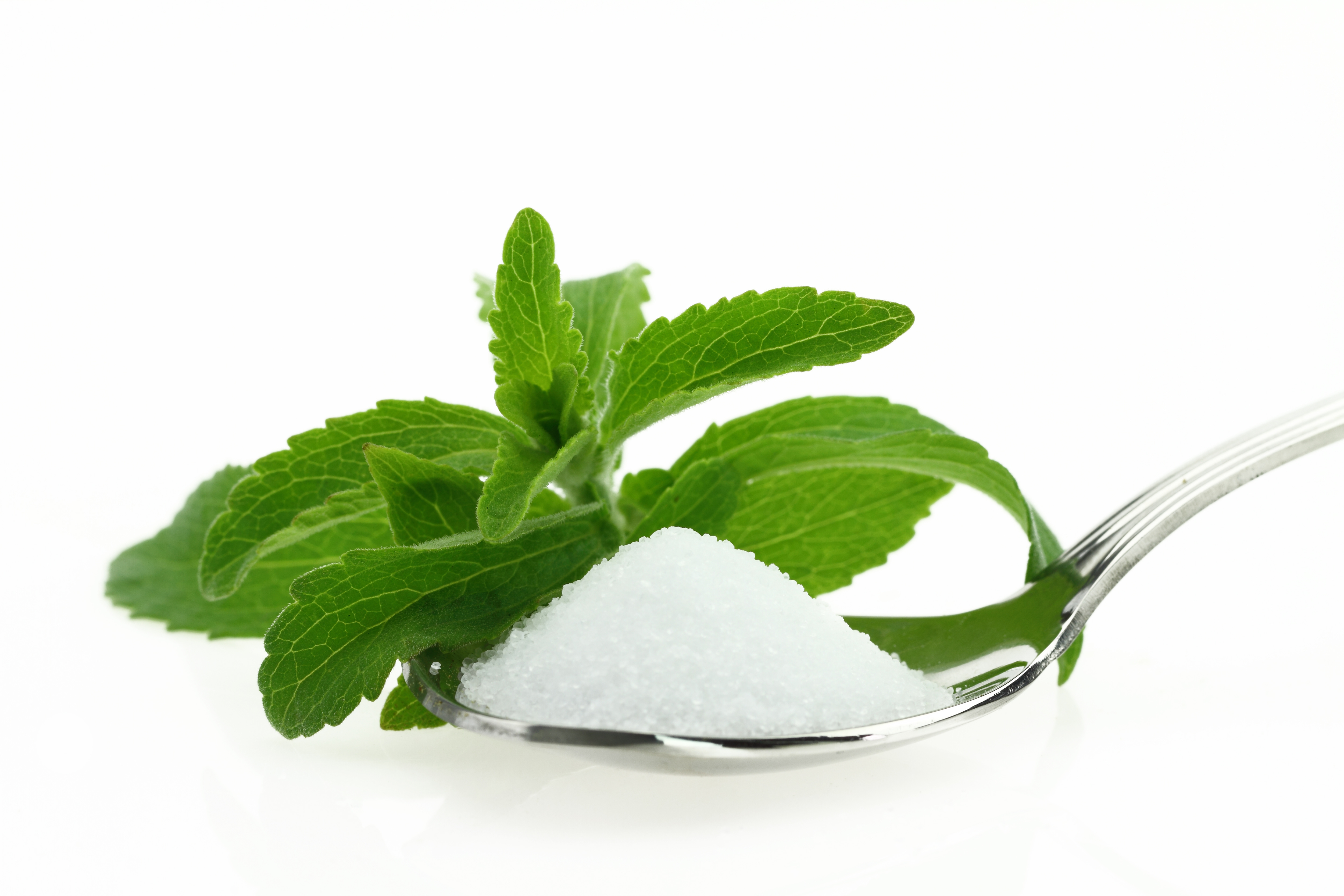
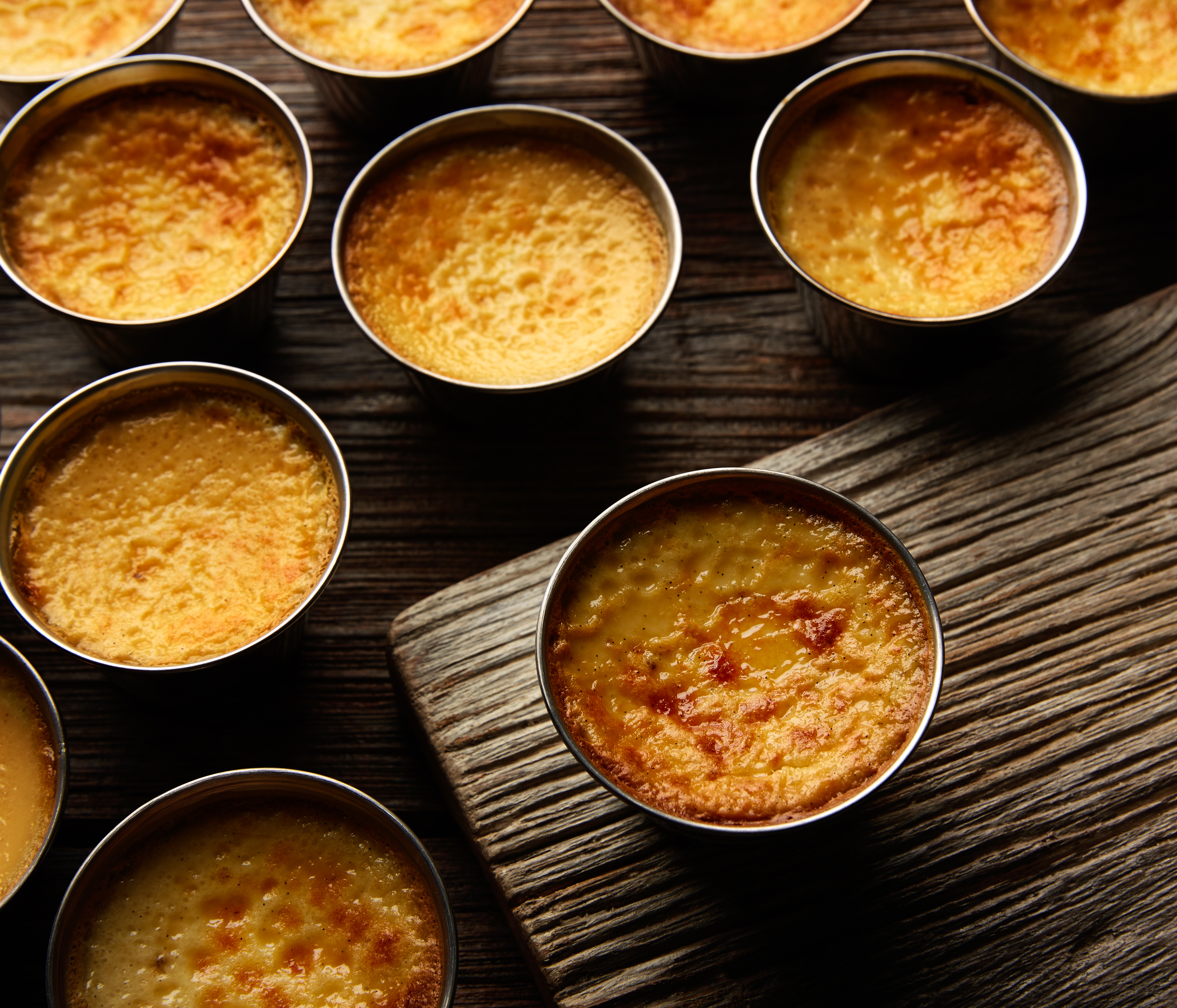
 Jessica Levinson, MS, RDN, CDN is a registered dietitian nutritionist and culinary nutrition expert. She has extensive experience as a recipe developer, writer, editor, and speaker. She is the co-author of We Can Cook: Introduce Your Child to the Joy of Cooking with 75 Simple Recipes and Activities (Barron’s, 2011), past columnist for the Culinary Corner column in Today’s Dietitian Magazine, and maintains a popular blog at
Jessica Levinson, MS, RDN, CDN is a registered dietitian nutritionist and culinary nutrition expert. She has extensive experience as a recipe developer, writer, editor, and speaker. She is the co-author of We Can Cook: Introduce Your Child to the Joy of Cooking with 75 Simple Recipes and Activities (Barron’s, 2011), past columnist for the Culinary Corner column in Today’s Dietitian Magazine, and maintains a popular blog at 
 Robyn Flipse, MS, MA, RDN is a registered dietitian, cultural anthropologist and scientific advisor to the Calorie Control Council, whose 30+ year career includes maintaining a busy nutrition counseling practice, teaching food and nutrition courses at the university level, and authoring 2 popular diet books and numerous articles and blogs on health and fitness. Her ability to make sense out of confusing and sometimes controversial nutrition news has made her a frequent guest on major media outlets, including CNBC, FOX News and USA Today. Her passion is communicating practical nutrition information that empowers people to make the best food decisions they can in their everyday diets. Reach her on Twitter
Robyn Flipse, MS, MA, RDN is a registered dietitian, cultural anthropologist and scientific advisor to the Calorie Control Council, whose 30+ year career includes maintaining a busy nutrition counseling practice, teaching food and nutrition courses at the university level, and authoring 2 popular diet books and numerous articles and blogs on health and fitness. Her ability to make sense out of confusing and sometimes controversial nutrition news has made her a frequent guest on major media outlets, including CNBC, FOX News and USA Today. Her passion is communicating practical nutrition information that empowers people to make the best food decisions they can in their everyday diets. Reach her on Twitter 

 Jill Weisenberger, MS, RDN, CDE, FAND has worked as both a nutrition counselor and a diabetes educator in the hospital and research settings, and now in private practice in Newport News, VA. Jill is the author of
Jill Weisenberger, MS, RDN, CDE, FAND has worked as both a nutrition counselor and a diabetes educator in the hospital and research settings, and now in private practice in Newport News, VA. Jill is the author of 